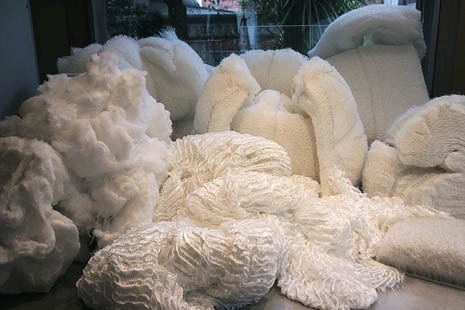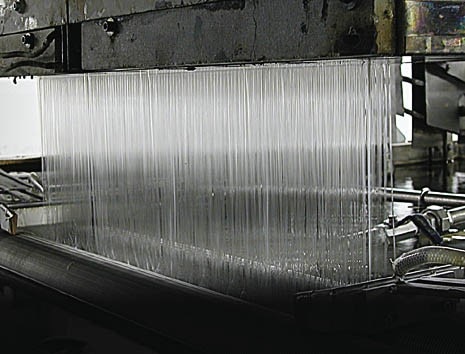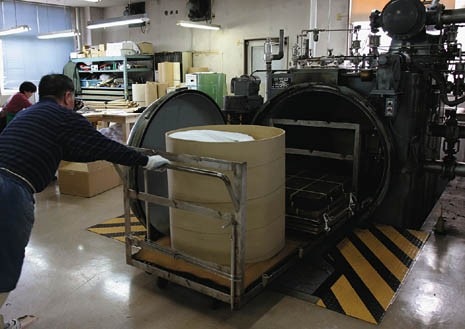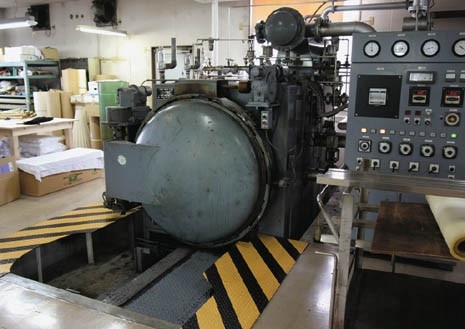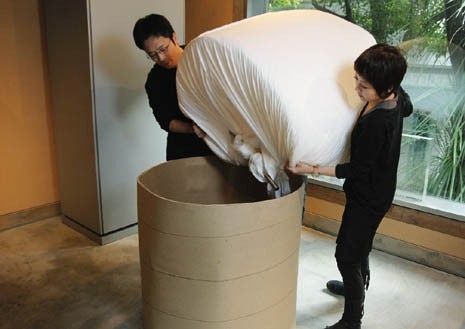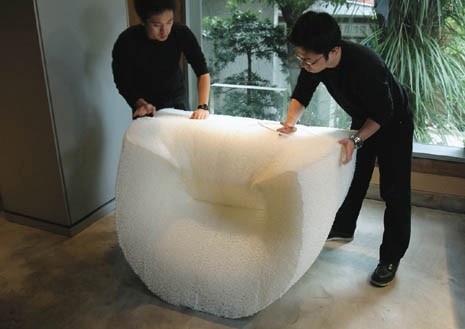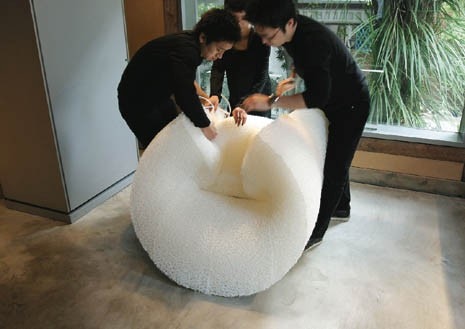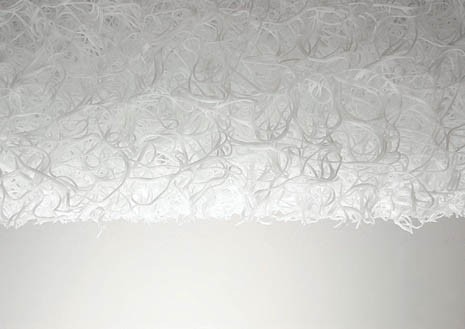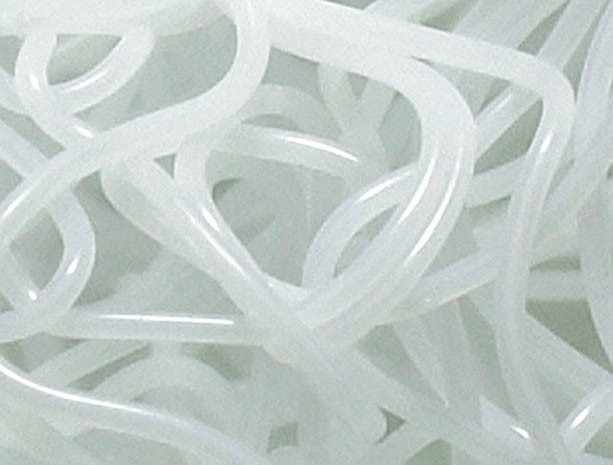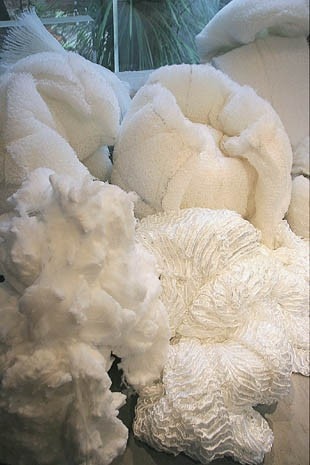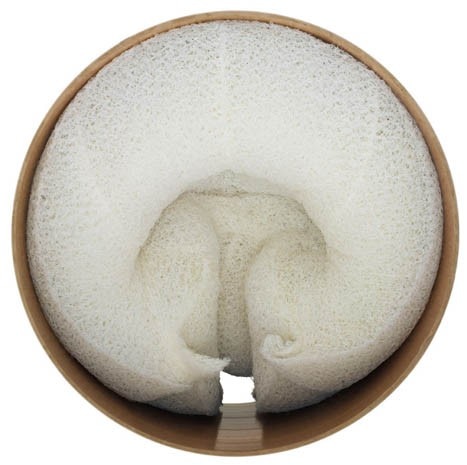Fumiko Ito studied sociology in Tokyo and trained as a goldsmith in Florence. She has worked with various publishers, Shiro Kuramata, Sottsass Associates and others. She currently focuses on design research and making jewellery.
Tokujin Yoshioka was born in 1967. He studied design with Shiro Kuramata and Issey Miyake. In 2000 he established his own design studio, where, alongside his professional activity, he dedicates much space to experimentation. He presented his first two chairs, Honey-Pop and Tokyo-Pop, at the 2002 Milan Furniture Fair.
